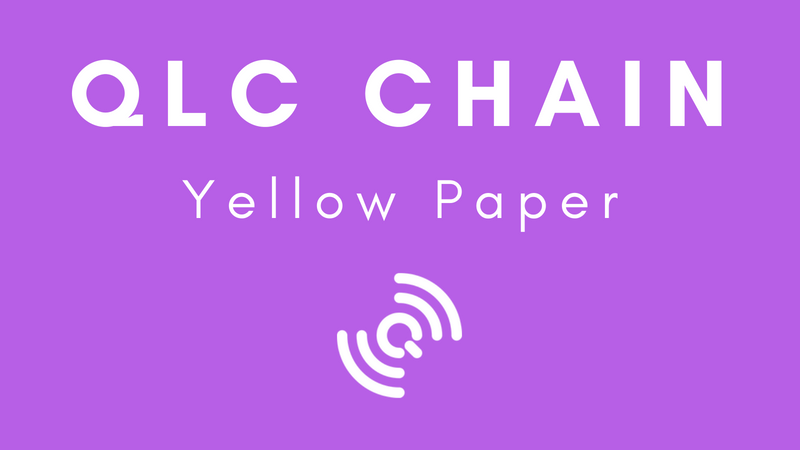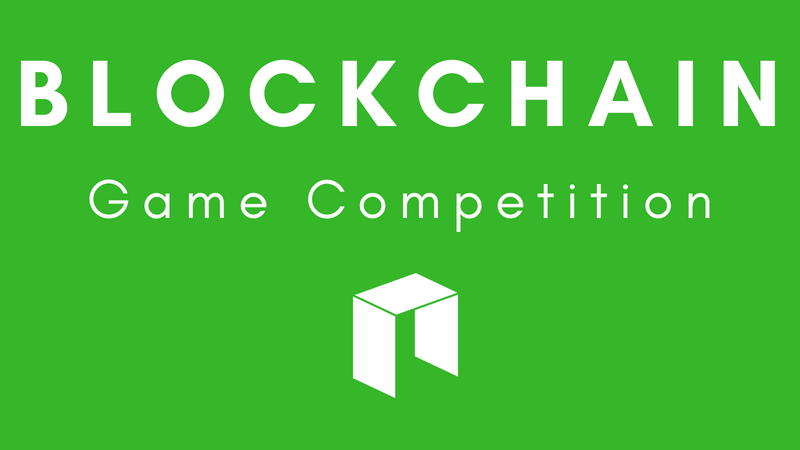
On June 13, QLC Chain released its yellow paper, which explains the technical structure, features, and advantages of its blockchain. A yellow paper is typically used for the research and development of a particular thesis. The QLC Chain yellow paper describes the development of its Network-as-a-Service (NaaS) solutions through three features:
- Multidimensional Block Lattice structure for multiple tokens issuance;
- Smart contract support; and,
- The dual consensus model for distributed transaction validations.
Utilizing NaaS solutions, QLC Chain is able to support an extended and flexible virtual private network (VPN), bandwidth on demand, custom routing, multicast protocols, security firewalls, intrusion detection and protection, wide area network (WAN), content addressing and filtering, and antivirus.
Multidimensional Block Lattice structure
Block Lattice is a “block architecture” where each individual account for transactions on the network posses its own blockchain, controlled by the account’s private keys. Under this structure the user’s blockchain is able to track account balances, as opposed to transactional amounts, which requires less storage and increases transaction speeds.
Compared to blockchains like Bitcoin and Ethereum, “Block Lattice delivers almost instantaneous transaction speed and unlimited scalability on low-power consuming hardware, which is highly suitable for network transmission.” The consensus algorithm has been able to achieve a peak of 7,000 transactions per second (tps), with more than 500,000 users and 700 consensus nodes.
Smart contract functionality allows QLC Chain to support multiple token issuances within an individual account. Each new token added to an account is mapped to a new chain, and each account will have the ability to hold different tokens and support multiple chains.
The multidimensional Block Lattice architecture, as developed by QLC Chain, supports smart contracts and the new consensus algorithm (which works especially well for network transmission services).
The Block Lattice architecture will benefit QLC Chain with low transaction validation latency, scalability, low energy consumption, and inherent anti-centralization.
Smart Contract Support
The Block Lattice supports distributed applications (dApps) through two types of smart contracts: the token smart contract, and the asset smart contract. Token smart contracts will be used for new token issuance, whereas asset smart contracts will be used for digital asset registration.
Asset-based smart contracts aim to be applicable to physical things that have service attributes, such as communication equipment that provides telecom services, or automotive equipment used to provide transportation services. Once the smart contract is launched, the physical asset will have its unique digital identity, which will be owned by the individual’s QLC Chain account. The transaction history from the asset ledger will be saved on QLC Chain’s storage nodes and confirmed through the Shannon Consensus.
Dual Consensus Model
The two methods of consensus QLC Chain utilizes in its blockchain are Delegated Proof of Stake (DPoS) and Shannon Consensus, a unique consensus method developed by the QLC Chain team. DPoS is utilized for transactions, whereas the Shannon Consensus will be utilized for storage nodes.
Shannon Consensus was developed to serve the needs of data in an economically efficient manner, without requiring the hardware to solve hash rates with Proof of Work (PoW), or nodes with large amounts of tokens in Proof of Stake (PoS) consensus algorithms.
The Shannon Consensus mechanism seeks to incentivize nodes with lesser amounts of QLC tokens, rather than nodes with large amounts of QLC tokens. Nodes with larger amounts of tokens will likely be selected as bookkeeper nodes, who will dole out tokens to other nodes (with less tokens) running intensive transmission tasks. These nodes running intensive transmission tasks will eventually become bookkeeper nodes (as long as they accumulate tokens earned by performing transmission tasks), perpetuating a cycle that will be out of the control of the QLC Chain developers.
For more information about Shannon Consensus and the entire the yellow paper, visit the link below:
https://github.com/qlcchain/YellowPaper/blob/master/QLC-Chain-Yellowpaper.pdf
For more information about QLC Chain visit the links below.







About The Author: Dylan Grabowski
Dylan is a reformed urban planner with a passion for covering the Neo ecosystem. His objective as a writer for Neo News Today is to report news in an objective, fact-based, non-sensational manner. When not behind a computer screen, he can be found in the mountains rock climbing. Find Dylan on Twitter (@GrabowskiDylan).
More posts by Dylan Grabowski